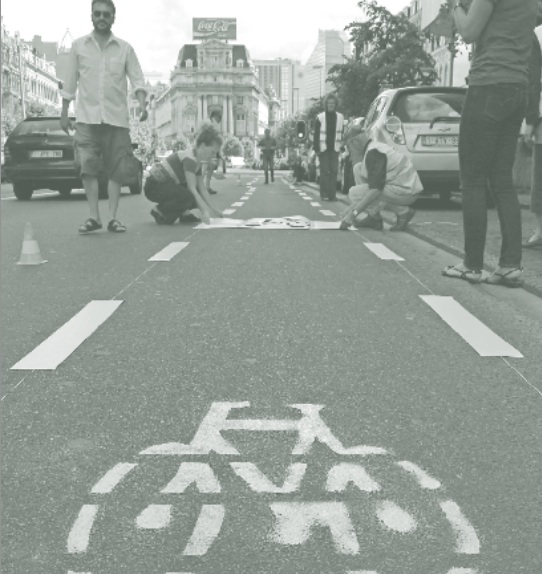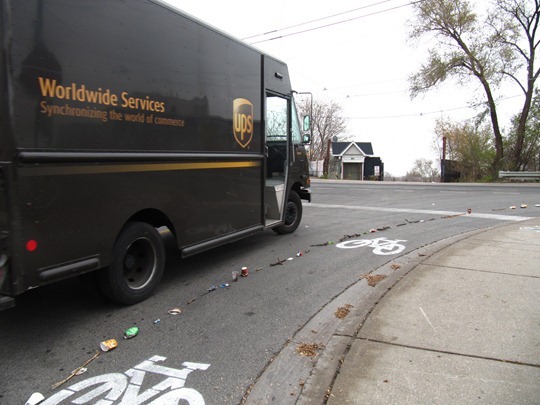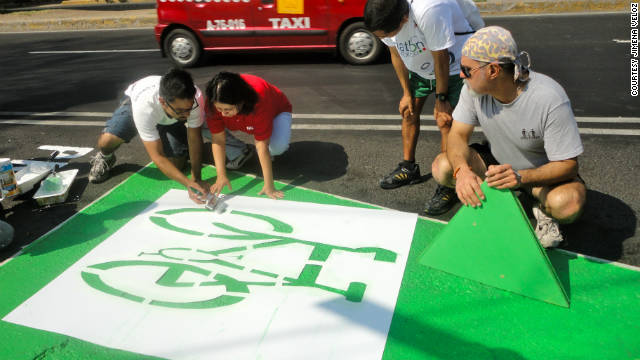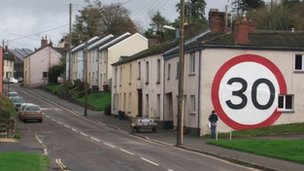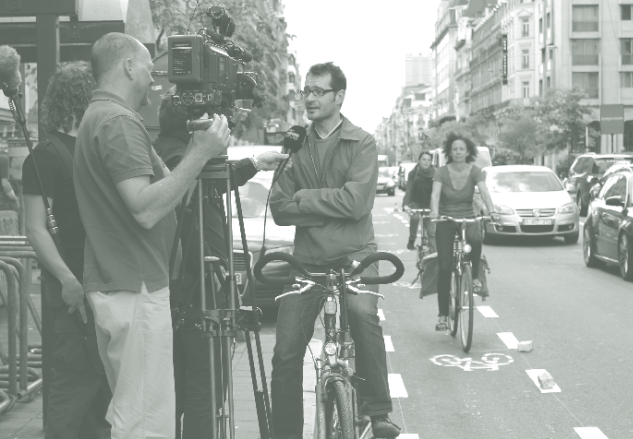
DIY Bicycle Infrastructure: A Global Trend
As I’m sitting in here in my office, tapping away at a computer and writing about cycling policy, cycling advocates are out in the street getting 'their spokes dirty' so to speak. This year has seen an undeniable explosion in DIY bicycle infrastructure.
Take Brussels for example. The past few months saw the cycling group, "VeloFiets Bruxsel" sick and tired of broken promises, and actually place “sticky tape” bicycle paths on the main street to prove that:
- Yes bicycle paths are possible,
- No they won't wreak havoc on traffic (and in the long term, they're likely to help improve congestion) and
- In the scheme of things, they’re cheap.
And Mexico saw some activists paint an unauthorised five-kilometre path to the foot of the city's Congressional Hall after local government stalled on its promise to build 300 kilometres of cycle lanes.
Reportedly the group (Make Your City Collective) called to allocate 5% of all transport budgets to walking and cycling infrastructure.
"About 80% of the transportation budget in Mexico City goes to automobile infrastructure, while trips by private vehicles represent just 30% of total trips," noted a spokesperson for the Institute for Transport and Development Policy.
And let's not forget the man from Britain that painted a 30 mph sign on his house the size of a double decker bus to get cars to slow down. BBC was quick to pick up on this story.
So to get more people on bicycles should we just go out there and build our own infrastructure?
As tempting as it sounds… probably not. Properly designed bicycle infrastructure should be left to the professionals. Dutch cycling infrastructure wasn't done by people with spray paint. It took careful planning, and at times trial and error to uncover cycle friendly solutions.
But that being said, this trend in DIY infrastructure has shown something important: it’s a great way to gather media attention. CNN jumped all over the Mexican story. As for Brussels, the authorities were forced to cave in and have planned bicycle lanes to run through the main thoroughfare.
Have you seen other DIY infrastructure? Send me an email with a picture and share your experiences (j.ferguson@ecf.com).
Julian Ferguson is the Communications Officer for the European Cyclists’ Federation. Originally hailing from Australia and a keen bicycle advocate, he plans one day to ride his bicycle from Brussels to Melbourne.
Contact the author
Recent news!
Upcoming events
Contact Us
Avenue des Arts, 7-8
Postal address: Rue de la Charité, 22
1210 Brussels, Belgium


